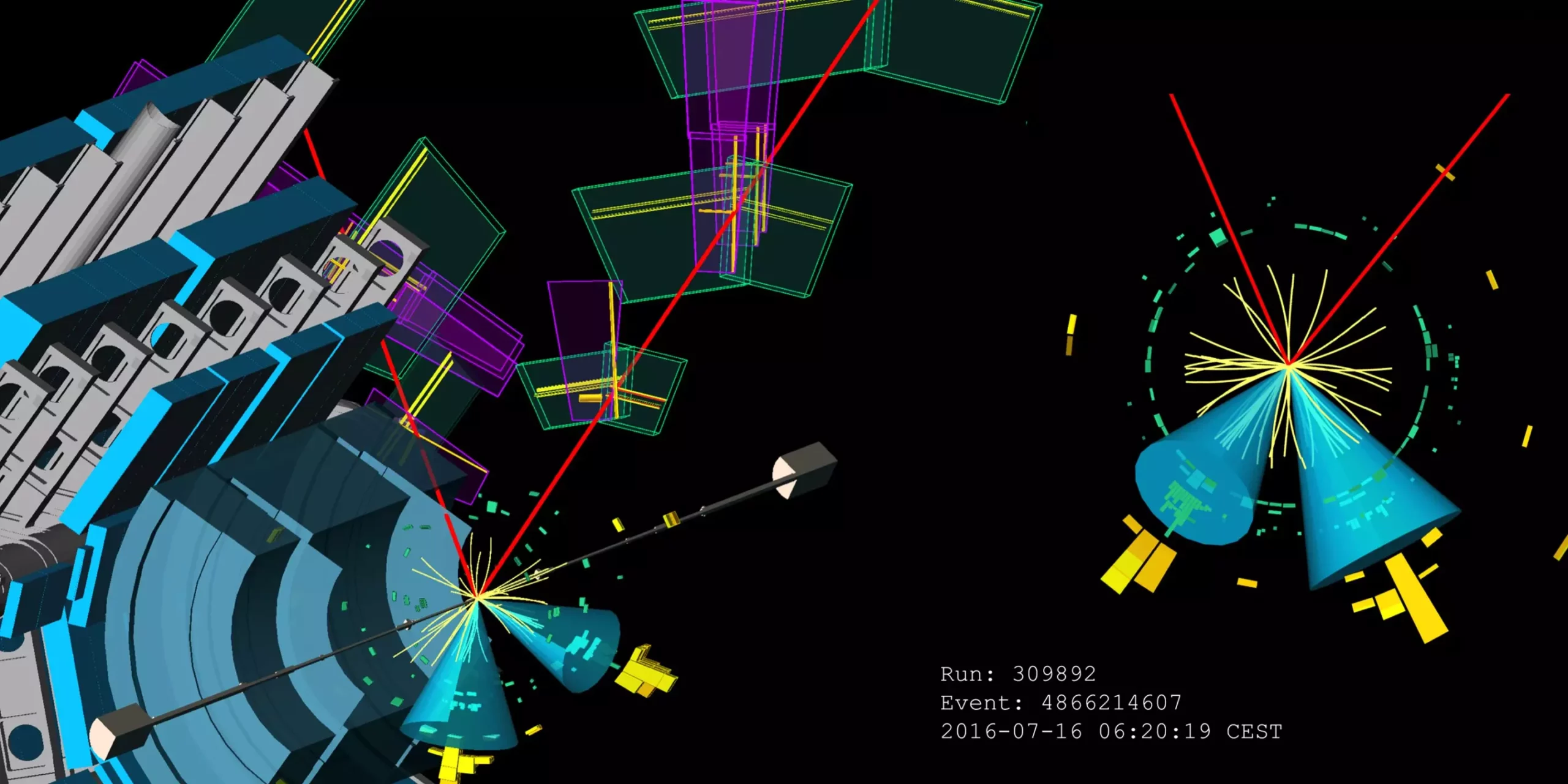The Higgs boson, often dubbed the “God particle,” is central to our understanding of particle physics. It plays a crucial role in the electroweak symmetry breaking mechanism, which provides masses to elementary particles, such as quarks and leptons. The ATLAS experiment at CERN has devoted significant efforts to studying the interactions of the Higgs boson with various fundamental particles. A fundamental objective of the ATLAS Higgs physics program is to gain precise measurements of the interaction strengths of the Higgs boson with both fermions and bosons. By improving our understanding of these interactions, researchers hope to validate and potentially expand upon the Standard Model of particle physics.
The precision of these measurements is paramount for several reasons. Firstly, accurately determining the interaction strength can shed light on the underlying physics of mass generation and may uncover new physics beyond the Standard Model. Secondly, even slight discrepancies between measured values and theoretical predictions could hint at unknown particles or forces. At the 2024 International Conference on High-Energy Physics (ICHEP), the ATLAS collaboration shared their latest findings, which highlight enhanced analysis methodologies and substantial advancements in measuring the interactions between the Higgs boson and the three heaviest quarks: top, bottom, and charm.
A key aspect of the analysis involves the concept of jet tagging. When a Higgs boson decays into quarks—the fundamental constituents of hadrons—these quarks undergo a fragmentation process, generating a spray of particles known as a “jet.” Accurately identifying the flavor of these quarks (top, bottom, or charm) is essential for understanding the decay products. Jet tagging techniques are employed to distinguish between different types of jets by examining various attributes such as energy distributions and particle types. The ATLAS team employed newly optimized jet tagging methods specifically for bottom and charm quarks, which dramatically increased the sensitivity of their analysis, allowing for a more robust investigation of Higgs decay channels.
Among the groundbreaking results announced at ICHEP 2024 was the first observation of the WH, H→bb decay process with a significance of 5.3σ and the ZH, H→bb process with a significance of 4.9σ. These findings mark a pivotal step in confirming the Higgs boson’s interactions in association with other particles. However, decay to charm quarks (H→cc) remains elusive, largely due to its suppressed rates compared to bottom quark decays. Nevertheless, ATLAS set an upper limit on the production rate of the VH, H→cc process, which is currently estimated to be 11.3 times greater than what the Standard Model predicts. This discrepancy presents exciting possibilities for further investigation, indicating potential areas for new physics.
An additional area of focus for ATLAS has been the Higgs boson’s interaction with the top quark, particularly in production events involving two top quarks (ttH) and subsequent decays into bottom quarks. This analysis is inherently complex due to the intricate nature of the final state and the overwhelming background noise present from other processes. However, enhanced analytical techniques and a deeper understanding of dominant background processes have allowed ATLAS researchers to improve their sensitivity by a factor of two. They reported a signal strength of 0.81 ± 0.21 for ttH, H→bb production relative to the Standard Model prediction.
Looking ahead, the ongoing Run 3 of experiments at the LHC presents an exciting opportunity for physicists. With new data and refined analytical techniques, researchers anticipate further advancements that promise even greater precision in measuring Higgs boson interactions. The advent of the High-Luminosity LHC (HL-LHC) on the horizon raises the hopes of finally observing the elusive decay mode H→cc, which would be a monumental milestone in Higgs physics and potentially offer profound insights into particle interactions.
The recent developments presented by the ATLAS collaboration at the ICHEP 2024 serve as a testament to the progress being made in Higgs boson research. From jet tagging innovations to intricate measurements involving top, bottom, and charm quarks, researchers are relentlessly pushing the boundaries of our understanding in this field. As the pursuit of precision continues, the revelations surrounding the Higgs boson’s interactions may one day unveil new dimensions of particle physics, reshaping our comprehension of the universe.


Leave a Reply